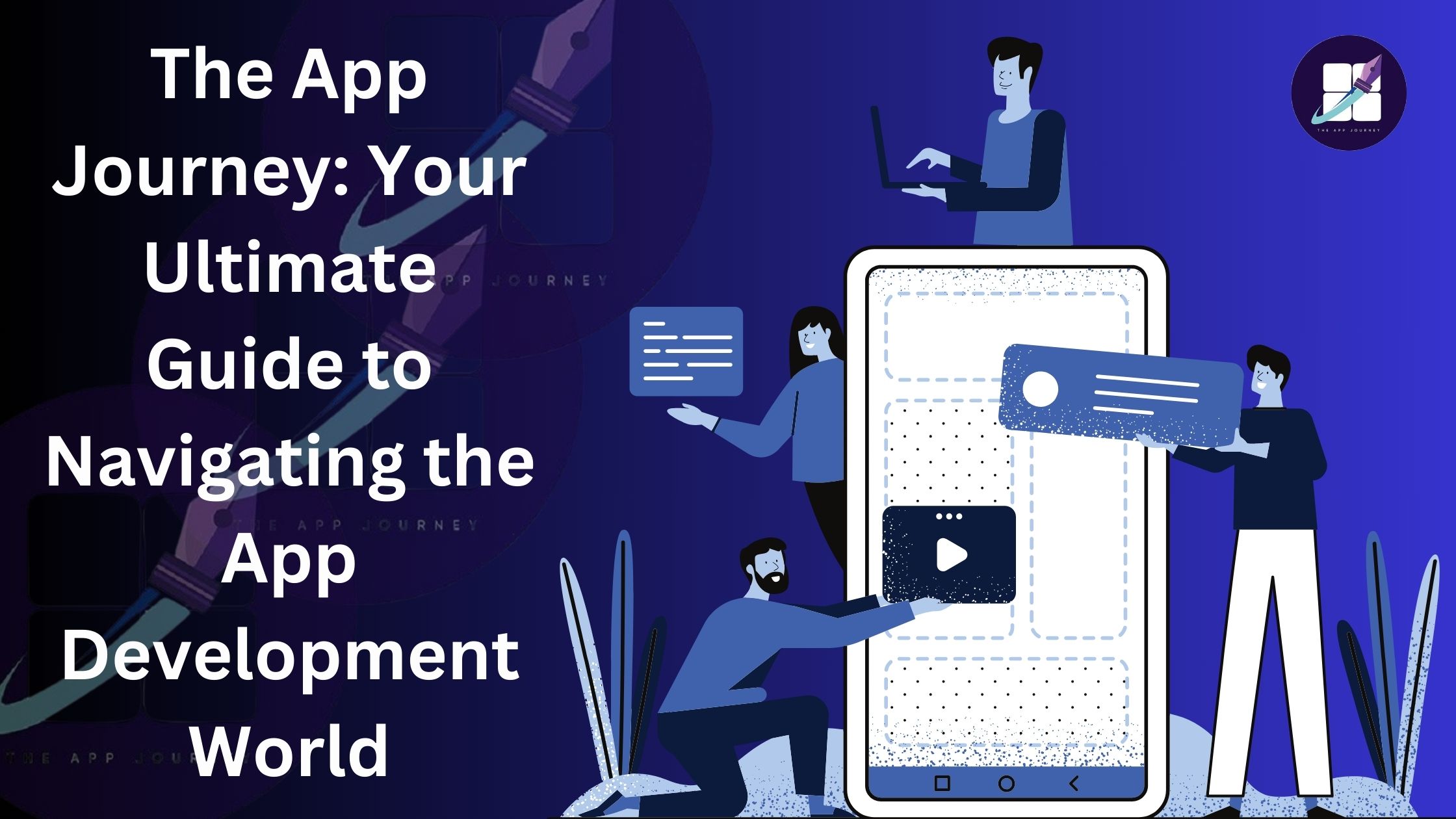Welcome to “The App Journey: Your Ultimate Guide to Navigating the World of App Development.” Whether you’re someone experienced at creating apps or just starting out and full of innovative ideas, knowing how app development works is key to reaching your goals. This comprehensive guide aims to lead you through every phase effectively, right from brainstorming concepts to introducing your app to the world, equipping you with the essential know-how and resources for building a thriving application.
The Importance of App Development
App development is more than just coding; it’s about solving problems and creating user-friendly solutions. With millions of apps available across various platforms, making your app stand out requires a solid development strategy and an understanding of your target audience.
Steps in the App Development Journey
1. Ideation and Market Research
The first step in any app development process is ideation. This involves brainstorming and refining your app idea. It’s essential to:
- Identify the problem your app will solve.
- Define your target audience.
- Conduct market research to understand the competition and potential demand.
2. Creating a Detailed Plan
Once you have a solid idea, the next step is planning. This includes:
- Defining the app’s core features and functionalities.
- Sketching out the user interface and user experience (UI/UX) design.
- Setting a budget and timeline for development.
3. Designing the User Interface (UI) and User Experience (UX)
A successful app requires an intuitive and visually appealing design. Focus on:
- Creating wireframes and mockups.
- Ensuring the design is user-friendly and accessible.
- Incorporating feedback from potential users to refine the design.
4. Development and Coding
This is where your app starts to come to life. Key points to consider:
- Choosing the right development platform (iOS, Android, or both).
- Deciding between native and hybrid app development.
- Writing clean, efficient code and adhering to best practices.
5. Testing and Quality Assurance
Before launching, rigorous testing is crucial to ensure your app is free of bugs and performs well. This involves:
- Conducting various types of testing (functional, performance, security).
- Gathering feedback from beta testers and making the necessary adjustments.
- Ensuring the app meets all platform-specific guidelines.
6. Launching the App
Once your app is polished and ready, it’s time to launch. Steps include:
- Submitting your app to the relevant app stores.
- Creating a marketing strategy to promote your app.
- Monitoring the app’s performance and addressing any issues that arise post-launch.
7. Post-Launch Activities
The journey doesn’t end at launch. Continuous improvement is key to maintaining user engagement and satisfaction. Focus on:
- Regularly updating your app with new features and improvements.
- Responding to user feedback and reviews.
- Analyzing app usage data to make informed decisions.
Conclusion
Navigating the world of app development can present its challenges. However, armed with the appropriate strategies and tools, achieving success is within reach. If you adhere to the advice provided in this comprehensive guide, you will have all the necessary knowledge and skills to transform your app concept into a prosperous venture. It’s essential to bear in mind that a commitment to ongoing learning and the ability to adapt are crucial components for not just surviving but excelling in the constantly changing technological environment.

